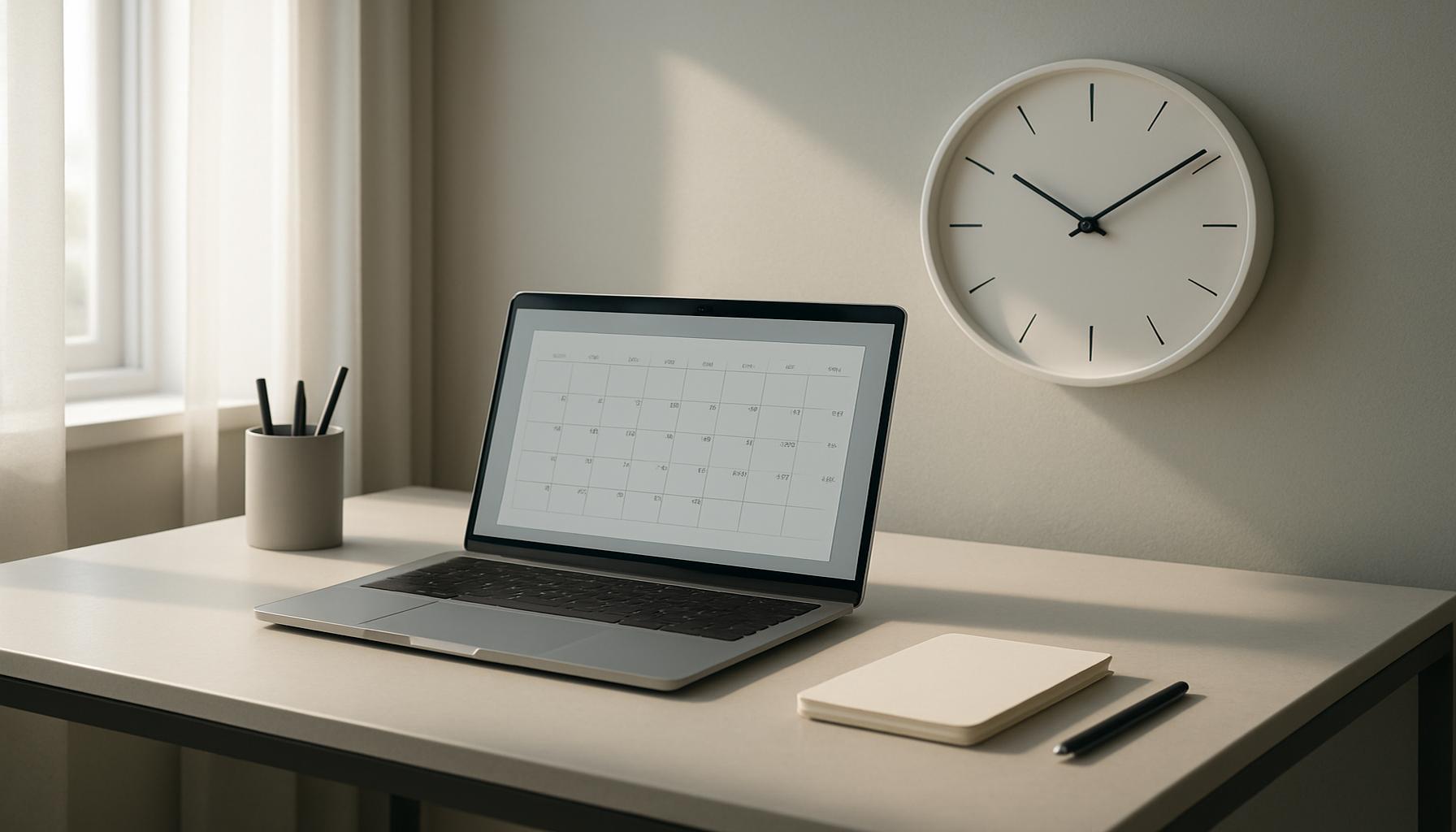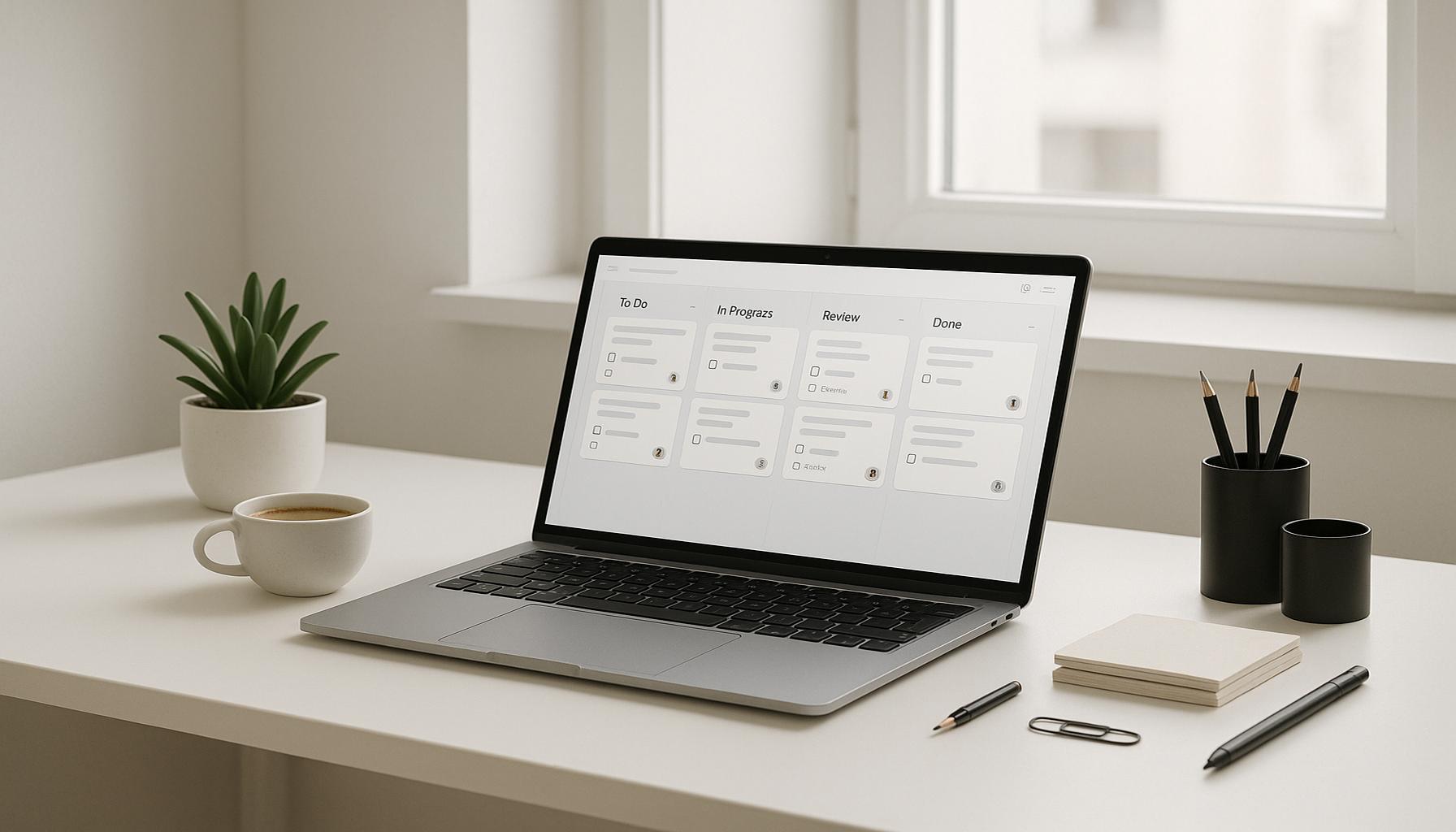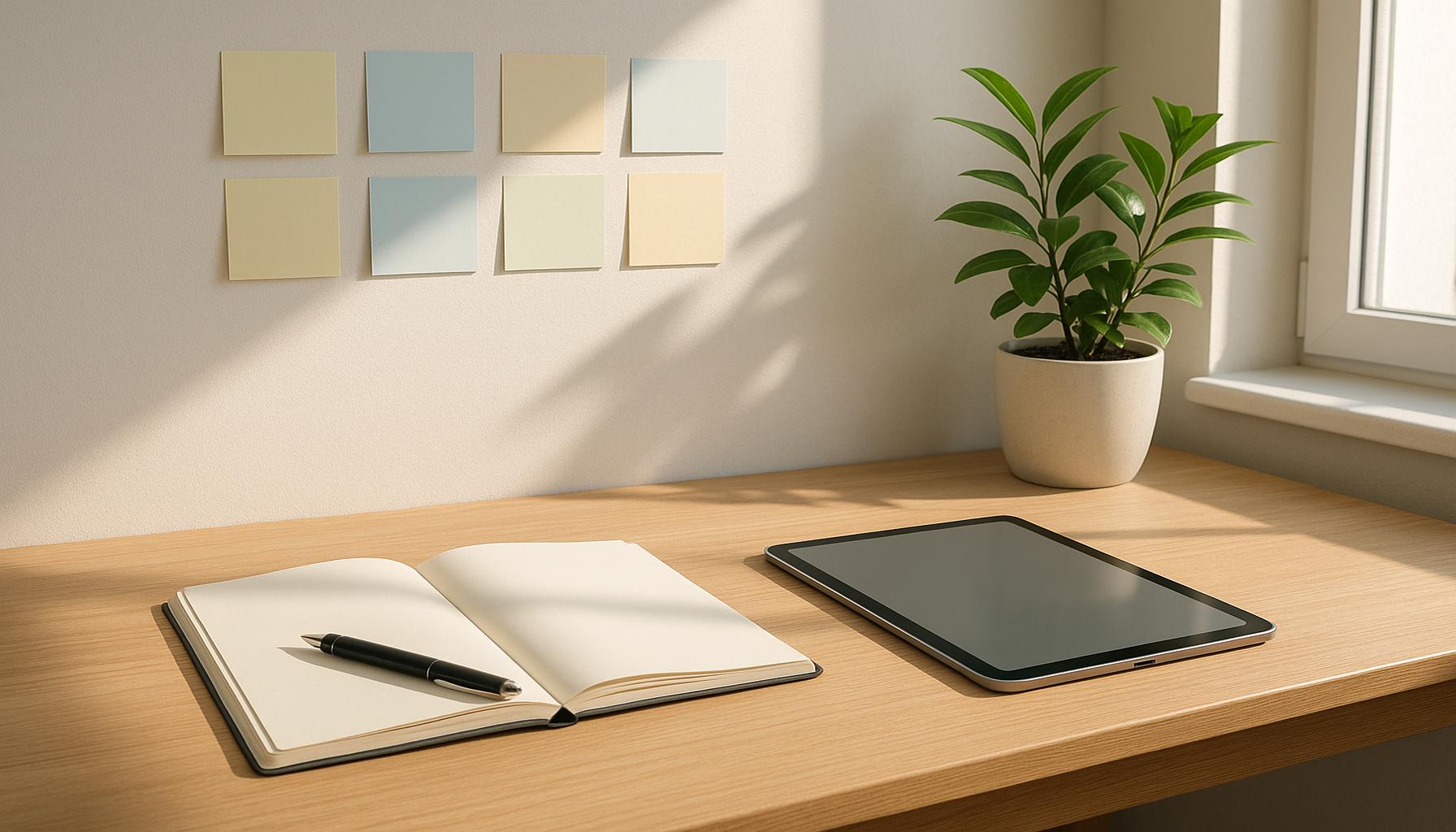The Art of Organizing Spaces: Creating Environments that Promote Personal Efficiency
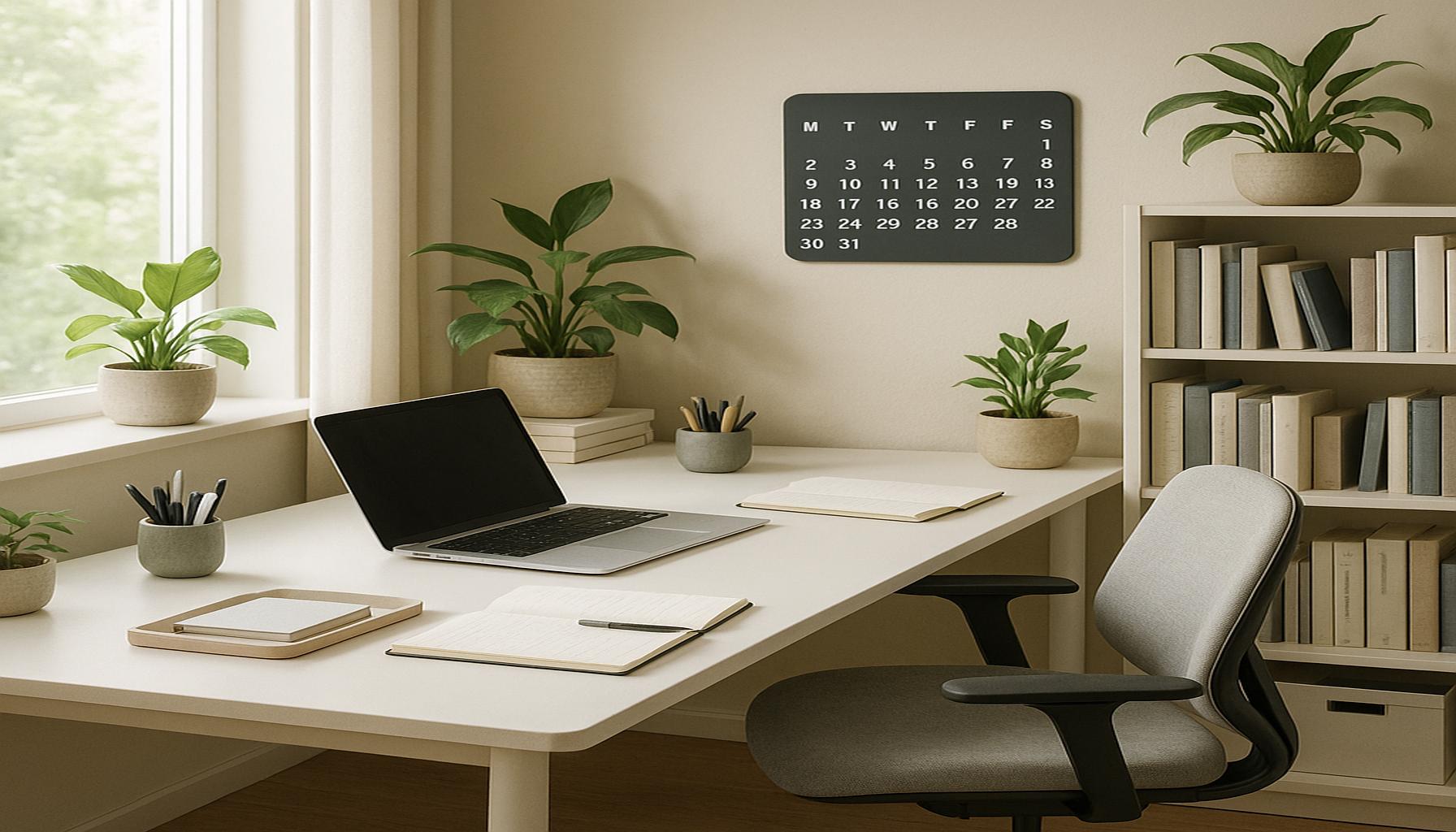
Understanding the Importance of Organization
Creating a well-organized space is not just about aesthetics; it’s a crucial strategy for enhancing personal efficiency. The way we arrange our environments can profoundly influence our productivity, focus, and overall well-being. The arrangement of our spaces plays a key role in how effectively we can perform tasks, manage our time, and reduce stress. But what does it mean to truly master the art of organizing?
Effective organization extends beyond merely decluttering. It requires an understanding of how our surroundings can either support or hinder our daily tasks. Consider the various aspects that contribute to successful organization:
- Functional Layout: Design your space to streamline tasks. For instance, in a home office, arranging your desk so that your computer, paperwork, and supplies are within easy reach can dramatically increase your productivity. Ergonomic positioning can also prevent physical strain, allowing for longer periods of focused work.
- Intentional Design: Choose colors and decor that inspire productive moods. Studies show that colors can affect our emotional state, so incorporating calming blues or energetic yellows into your workspace might enhance focus or creativity. Artwork that resonates with you can also maintain motivation by creating an inspiring environment.
- Dynamic Storage Solutions: Utilize smart storage to maximize space efficiency. For example, vertical storage, such as shelves and wall-mounted organizers, can free up floor space while ensuring that essentials are easily accessible. Consider multifunctional furniture—like storage ottomans or desks with drawers—to keep clutter at bay.
Research indicates that the average American spends around 55 minutes daily looking for misplaced items. Imagine transforming that time into productive moments by organizing your environment. A study conducted by a major organizational software firm revealed that over 70% of participants felt more productive in organized spaces, further highlighting the impact that a tidy environment can have on daily achievements. By adopting efficient strategies, you can reclaim those lost hours and boost your performance.
In the following sections, we will delve into practical techniques, tools, and principles for creating spaces that foster personal efficiency. Embracing these concepts can lead to a more harmonious and productive lifestyle, ultimately setting the stage for success in both personal and professional realms. From leveraging technology for organization to utilizing minimalism as a guiding principle, there is much to explore on this journey toward a well-organized life. Stay tuned as we identify actionable steps to help you master the art of organization and enhance your efficiency sustainably.
DISCOVER MORE: Click here to simplify your digital life
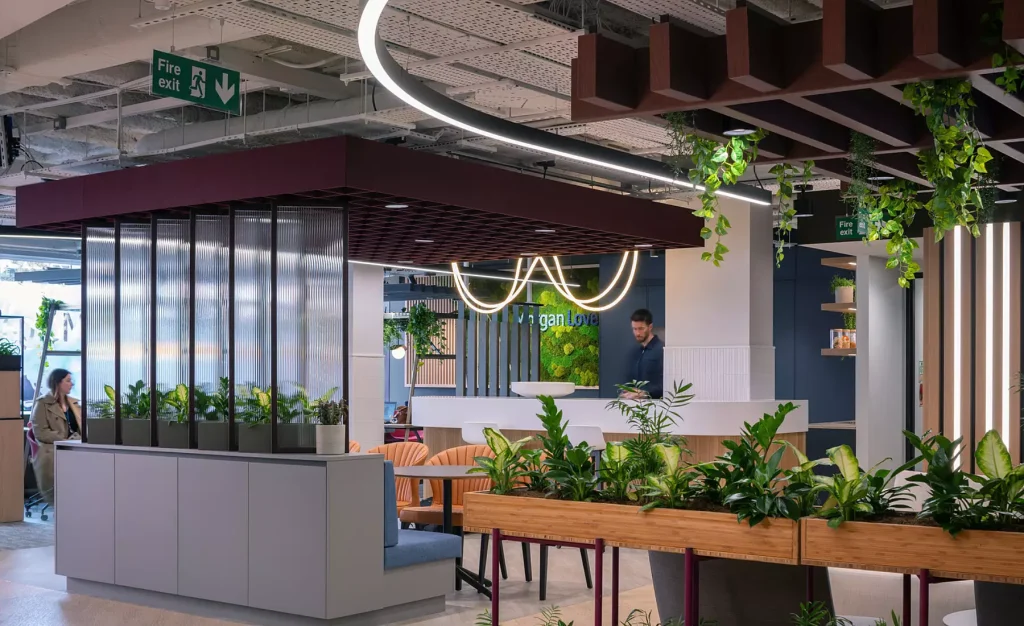
Principles of Effective Organization
To truly harness personal efficiency, it is essential to understand the fundamental principles that govern effective organization. Whether it’s a cluttered office desk or a chaotic living room, the way we set up our environments can be recalibrated to facilitate better routines and enhance mental clarity. Implementing these strategies can lead to increased focus, stronger time management, and reduced stress levels.
One of the core principles of organizing spaces is the principle of accessibility. This means that all frequently used items should be easy to access. Take a moment to evaluate your own environment: are the tools and supplies you need within reaching distance? For instance, in a home office, outlet placement and the positioning of your desk can significantly impact productivity. Items you use regularly, from reference materials to stationery, should be within arm’s reach to minimize distractions and interruptions.
Another essential aspect is the concept of zoning. This involves designating specific areas for different types of activities. In a multifunctional space, like a living room that also serves as a workspace, it becomes vital to create clear distinctions between these zones. Utilize physical dividers, rugs, or even furniture placement to foster a sense of separation. Not only does this physical strategy help your brain to shift gears when transitioning between tasks, but it also creates a more visually appealing environment, which can bolster your motivation.
Tips for Decluttering and Organizing
Decluttering is often the first step in the journey toward a well-organized space. Here are some practical tips to get you started on this transformative process:
- The One-Year Rule: If you haven’t used an item in the past year, consider donating or disposing of it. This principle aids in making tough decisions about what to keep while promoting a leaner setup.
- Use Clear Storage Solutions: Invest in clear bins and containers to easily see what you have. Labeling these containers can further enhance retrieval efficiency.
- Adopt a Paperless Approach: With advancements in technology, consider digitizing documents and notes. Cloud storage solutions allow you to access your files anywhere, reducing physical clutter.
- Weekly Maintenance Routine: Dedicate a few minutes each week to keeping your space tidy. A regular check-in can prevent clutter from accumulating and becoming overwhelming.
Data supports the idea that organization leads to enhanced efficiency. According to a survey from the National Association of Professional Organizers, 82% of respondents said they feel more productive in organized spaces. This statistic alone encourages us to rethink our environments and adopt a more structured approach. As we dive deeper into the art of organizing spaces, we’ll explore additional techniques and innovative tools that can further enhance our personal efficiency.
The Importance of Spatial Organization
When it comes to enhancing productivity, the physical organization of one’s environment plays a pivotal role. Cluttered spaces can lead to a chaotic mind, reducing focus and efficiency. Implementing practical organizational strategies can create a harmonious workspace that fosters creativity and drives results. For instance, utilizing natural light and color schemes can enhance mindfulness and energy levels, ultimately boosting efficiency.
Tools and Techniques for Effective Organization
Embracing tools such as shelving units, storage bins, and room dividers can transform any area into a well-structured environment. Functional organization not only maximizes the use of space but also helps in establishing clear boundaries, which is essential for maintaining concentration. Regularly decluttering and reassessing the effectiveness of your setup can lead to even greater efficiency. Moreover, the rise of digital tools such as task management apps can complement physical organization by streamlining routines and responsibilities. Integration of these technologies can allow for a seamless transition between tasks, reducing downtime and improving overall workflow.
Psychological Benefits of Organizing Spaces
The act of organizing spaces transcends mere aesthetics; it significantly impacts mental health and well-being. A tidy environment can mitigate stress and anxiety, as it creates a sense of control and order. Additionally, personalized spaces that reflect individual style can serve as motivating factors, reinforcing a positive mindset.By prioritizing organization, individuals cultivate an atmosphere conducive to productivity. This intentionality can lead to higher engagement levels and greater satisfaction in both personal and professional settings. Ultimately, strategizing your space can yield long-lasting benefits, enabling one to truly harness their potential.
| Key Aspects of Space Organization | Impact on Personal Efficiency |
|---|---|
| Effective Storage Solutions | Maximize available space, reducing clutter. |
| Mindful Planning | Promotes focus and minimizes distractions. |
| Customized Environments | Enhances motivation and personal satisfaction. |
Through this exploration of personal efficiency and space organization, readers are encouraged to take actionable steps towards a more fulfilling and productive lifestyle. The intersection of space and personal efficacy is profound, revealing how profound changes can start with something as simple as arranging a room.
DISCOVER MORE: Click here to delve deeper
The Psychology of Space Organization
Understanding the psychological impact of organized spaces is fundamental to enhancing personal efficiency. Our surroundings significantly influence our mental state, and a well-structured space can foster productivity, creativity, and overall wellbeing. For example, studies have shown that clutter can lead to increased levels of cortisol, the stress hormone, which can hinder focus and creativity. In contrast, organized environments can yield feelings of control and competence, directly impacting our motivation levels.
Research published in the Journal of Environmental Psychology highlights that individuals working in clutter-free spaces report not only better focus but also greater levels of satisfaction in their tasks. The study reveals that when environments are tailored to minimize distractions—such as through proper lighting, organized layouts, and the strategic use of colors—individuals are likely to perform better. For instance, incorporating a fresh coat of paint or vibrant artwork can invigorate a space, helping to stimulate creative thinking and making it a visually inviting area for work.
Color Psychology and Organizing
The colors found in our environments play a crucial role in how we feel and function. Color psychology suggests that certain colors can influence productivity levels in different ways. For example, shades of blue and green are widely considered to enhance focus and tranquility, making them ideal for home office spaces. On the other hand, colors like red may evoke excitement and energy, suitable for creative zones where brainstorming and innovation take place.
When organizing spaces, one might consider creating a color palette that complements the intended purpose of that area. For instance, a reading nook could benefit from soft earth tones to promote relaxation, while a high-energy workspace might utilize invigorating pops of color to spur motivation.
Mindful Space Utilization
As we delve further into the art of organizing, another technique worth exploring is the concept of mindful space utilization. This involves creating an awareness of how one interacts with their environment and ensuring that the space serves one’s individual workflow. By customizing spaces based on personal habits and tendencies, individuals can optimize their efficiency.
For example, a tech-savvy individual might benefit from a dedicated charging station that centralizes all electronic devices, minimizing time spent searching for cables and gadgets. Similarly, creating a “drop zone” near entrances can facilitate smoother transitions, allowing individuals to corral their belongings without cluttering up key functional areas.
Integrating Technology for Enhanced Organization
In today’s digital age, leveraging technology can significantly bolster an individual’s ability to maintain organized spaces. Smart home devices and apps can aid in centralizing organization efforts. Tools like digital to-do lists and productivity trackers can serve as great reminders to keep both physical and virtual spaces in order. Furthermore, employing sound apps to filter out distractions can also improve focus while working in shared spaces.
In addition, calendar-sharing applications can enhance collaborative efforts amongst teams by ensuring everyone is aligned on tasks and responsibilities, streamlining communication, and minimizing the clutter typically associated with mismanaged schedules. As you integrate these technological solutions, you may find that your organized space evolves into a hub of enhanced productivity and creativity.
Ultimately, the transformation of an environment into one that promotes personal efficiency is an ongoing journey. By applying psychological insights, leveraging the right colors, mindfully utilizing space, and adopting technological innovations, anyone can create a living or working space that inspires productivity and satisfaction.
DISCOVER MORE: Click here for essential workspace organization tips
Conclusion: The Path to Optimal Efficiency Through Organized Spaces
In conclusion, mastering the art of organizing spaces is essential for fostering personal efficiency in our increasingly demanding lives. As we have explored, the psychological impact of our environments plays a pivotal role in shaping our productivity, motivation, and general wellbeing. By appreciating how clutter can disrupt focus, and how curated environments can inspire creativity, we open the door to a more intentional approach to our spaces.
Furthermore, understanding color psychology allows us to select palettes that enhance our mood and the functional dynamics of each area. Whether it’s a calming shade for a workspace or energizing tones for a brainstorming corner, the right colors can significantly affect how we engage with our tasks.
Mindful utilization of space, such as creating dedicated zones for specific activities, can contribute to smoother workflows and reduce distractions. When paired with smart technology, we can further streamline our organizational efforts, making our environments not just functional but also adaptive to our evolving needs. Digital tools provide additional support, ensuring that our spaces do not just serve physical purposes but also sync seamlessly with our daily routines.
Ultimately, the journey to crafting effective environments is ongoing and deeply personal. By consistently refining our organizational strategies and respecting the intrinsic connection between our spaces and our efficiency, we can create habitats that not only facilitate productivity but also enrich our lives. So, take the first step today, and embrace the transformative power of organized spaces—your most productive self awaits!
